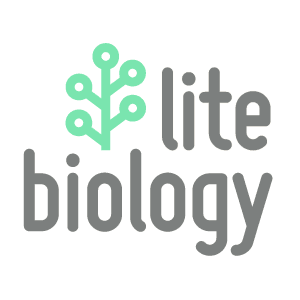The first phase of cellular respiration, glycolysis, is said to be anaerobic. Anaerobic means it doesn't need oxygen (the opposite is aerobic - requiring oxygen).
During intense exercise, oxygen in the blood gets used up quickly and sometimes there isn't enough. The lack of oxygen blocks oxidative phosphorylation (see electron transport chain). NADH + H+ that was made during glycolysis and the Kreb's cycle cannot be oxidized and remains in the matrix of the mitochondria.
For muscle cells to continue working, ATP is needed, and the only way to make it without oxygen is by glycolysis.
However, remember that glycolysis also needs free NAD+. NAD+ is in limited supply in the cell so there needs to be a way to convert NADH into NAD+. The regeneration of NAD+ can be done by converting pyruvate into lactic acid, or lactate — a process known as lactic acid fermentation. The sharp pains you sometimes feel during exercise is due to lactic acid build up in your muscles.
Some bacteria can also use lactose (sugar found in milk) for anaerobic respiration, producing lactic acid as a waste product. Lactic acid reduces the pH of the milk and causes denaturation of proteins in the milk. Yoghurt and cheese production use such bacteria!
Some eukaryotic cells like yeast also carry out anaerobic respiration. They convert glucose into pyruvate for ATP, and pyruvate is then converted into ethanol and carbon dioxide. This process is called ethanol fermentation and is the key step in brewing wine and beer. Yeast is also used in bread-making, where the carbon dioxide gas produced causes the dough to rise.
